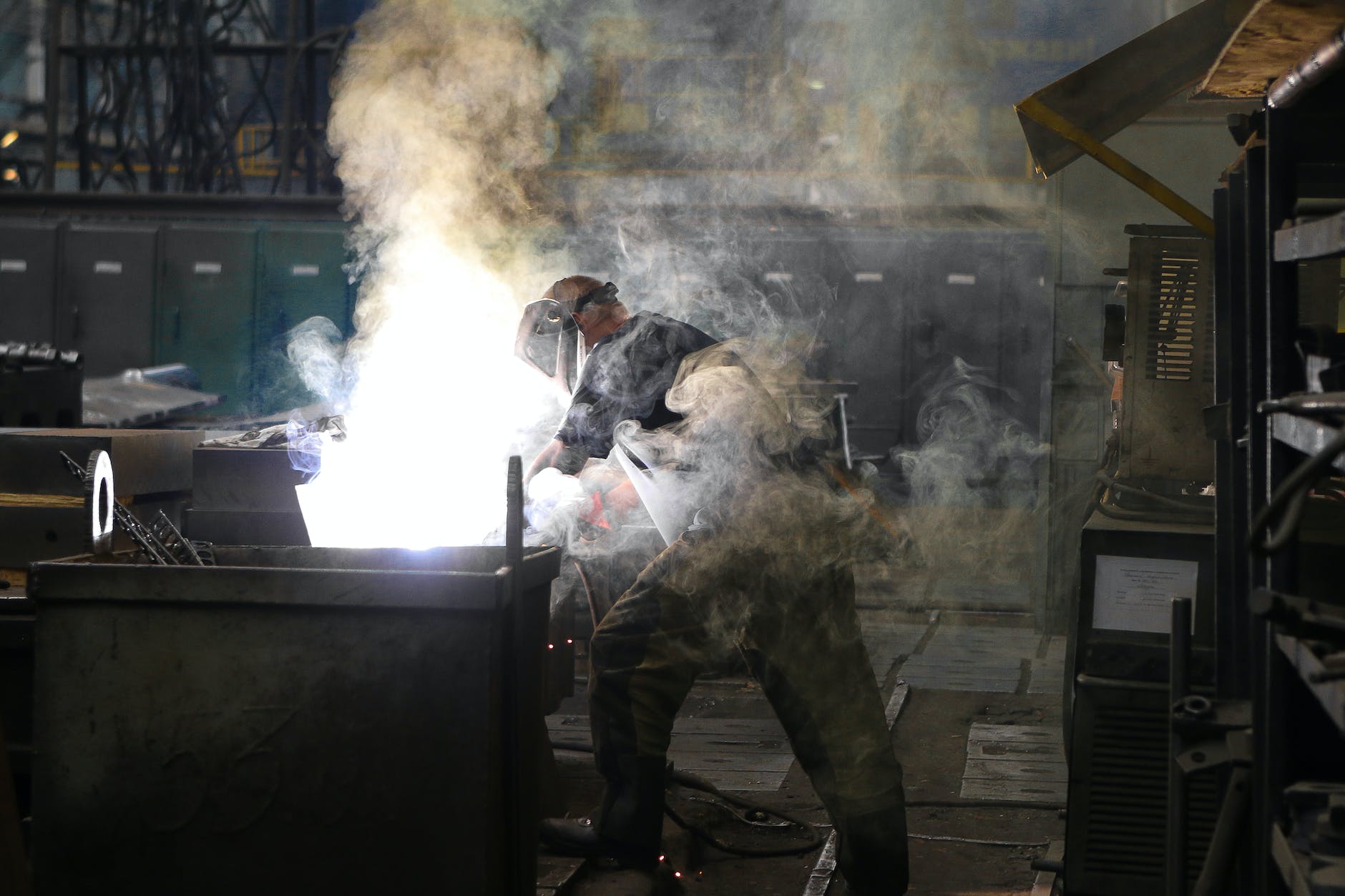
Safe Operating Procedure for Welding Machines
Safe Operating Procedure for Welding Machines : Operating welding machines requires strict adherence to safety procedures to prevent accidents and ensure the well-being of operators. Here is a detailed guide to safe operating procedures:
1. Training and Familiarization
- Comprehensive Training: Ensure operators receive thorough training in welding techniques, equipment operation, and safety measures.
- Understanding Equipment: Familiarize operators with the specific welding machine they will use, including its controls and safety features.
2. Personal Protective Equipment (PPE)
- Usage of PPE: Mandate the use of appropriate PPE, such as welding helmets with protective lenses, gloves, flame-resistant clothing, and closed-toe shoes.
- Respiratory Protection: Provide respiratory protection if welding in confined spaces or environments with inadequate ventilation.
3. Work Area Preparation
- Clear Workspaces: Ensure the welding area is clutter-free, well-ventilated, and free from flammable materials to prevent fire hazards.
- Secure Surroundings: Secure the work area to prevent unauthorized access by non-welders.
4. Machine Setup and Inspection
- Machine Check: Inspect the welding machine for any damage, loose connections, or worn-out parts before operation.
- Grounding: Ensure proper grounding of the welding machine to prevent electric shock hazards.
5. Electrical Safety Measures
- Isolation: Keep welding cables away from water, oil, or other conductive materials to avoid electrical shorts.
- Switch Off Properly: Turn off the welding machine and disconnect power when not in use or during maintenance.
6. Safe Welding Techniques
- Positioning: Maintain a comfortable and stable posture while welding to prevent strains or injuries.
- Controlled Welding Arc: Ensure the welding arc is directed away from flammable materials and other workers.
7. Fire Prevention and Control
- Fire Extinguishers: Keep appropriate fire extinguishing equipment nearby and train operators on their use.
- Hot Work Permits: Obtain necessary permits for hot work, especially in industrial settings, to prevent fire hazards.
8. Post-Welding Procedures
- Cooling Period: Allow welded materials to cool before handling to avoid burns or accidents.
- Inspection: Inspect the welded joints for quality and structural integrity after the welding process.
9. Emergency Response Protocols
- Emergency Plan: Establish clear procedures for responding to accidents, injuries, or machine malfunctions.
- Emergency Contacts: Display emergency contact information prominently in the work area.
10. Continuous Improvement
- Feedback and Evaluation: Encourage feedback from operators to improve safety procedures continually.
- Training Updates: Update training programs regularly to incorporate new safety measures or equipment.
Conclusion
Adhering to these safe operating procedures for welding machines significantly reduces the risk of accidents, ensuring the safety of operators and others in the vicinity.
Safe Operating Procedure for Bar Bending Machine
Safe Operating Procedure for Working at Height
Safe Operating Procedure (SOP)
7 Types of Permit To Work (PTW)
FAQs
- Why is PPE essential when operating welding machines? PPE protects operators from sparks, radiation, and other potential hazards during welding.
- What should operators do before starting a welding task? Operators should inspect the welding machine, wear appropriate PPE, and ensure the work area is safe and well-ventilated.
- How can operators prevent electrical hazards during welding? Ensure proper grounding, avoid wet conditions, and keep welding cables away from conductive materials.
- What should be done in case of a fire during welding? Use fire extinguishing equipment and follow established emergency protocols to control the fire and ensure everyone’s safety.
- Why is post-welding inspection important? Post-welding inspection ensures the quality and integrity of the welded joints for structural safety.
























